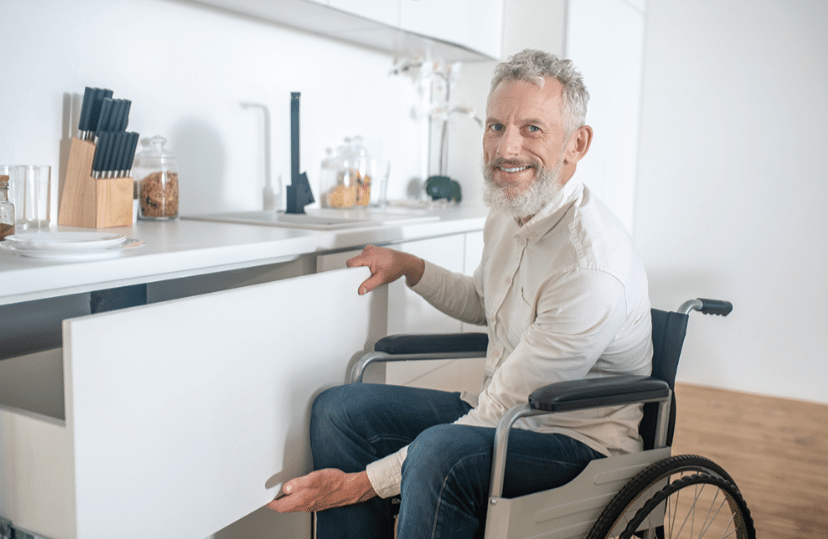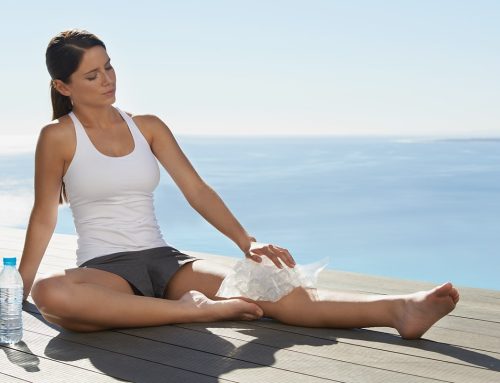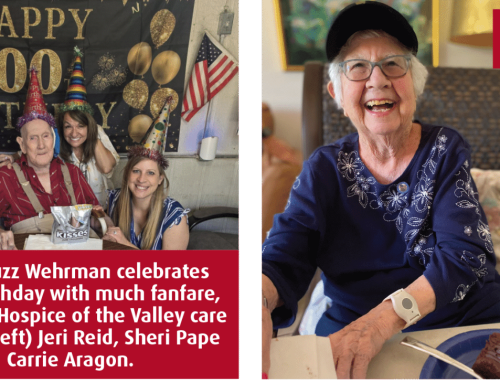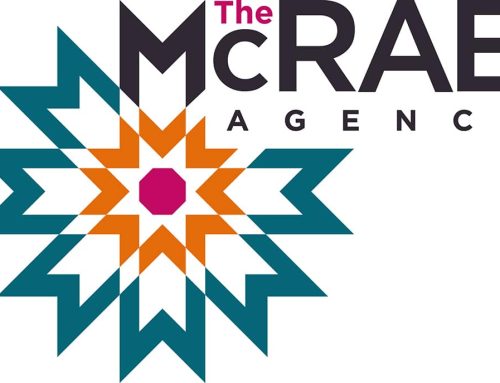Scottsdale is home, it’s safe, it’s welcoming, and the city has everything you need. Between the excellent golf courses like Troon North, great food at Cook & Craft, and city-sponsored senior centers, what more could residents ask for? For residents with accessibility needs, the city has allocated a lot of effort to ensuring folks can get around with as few barriers as possible. In fact, you can request accommodations directly from the city. There is a team on standby for all your accessibility needs outside of the home for issues like maintaining sidewalks and interpretation for people who are deaf or hard of hearing. But, what about inside your own home? How can you ensure that your home is safe and accessible?
City services create a barrier-free city, but that is not the case for homes you live in. Whether it’s a home that’s been in your family for generations or one you recently purchased, it is unlikely that it was made with your safety in mind.
Six out of 10 falls happen at home, where we spend most of our time. This number escalates for anyone dealing with mobility issues. The fear around falling inside your own home, being severely injured, or potentially needing to be hospitalized is real for many Scottsdale residents. For some, the fear of falling is so great that they do not explore certain parts of their homes anymore.
Proper home modifications can quickly reduce the risks of falling at home. For instance, a walk-in shower supports safe use of the bathroom without assistance. While this might seem like a small change, this can do wonders for your sense of independence. Modifications like these can ensure you’re feeling safe and supported without always needing someone else with you.
Below are some other home modifications you or your loved ones may not have considered.
Bathroom
• Toilet – Automatic toilet seat risers are a great product for seating assistance and convenience
• Flooring – Non-slip flooring (e.g., non-slip paint or non-slip mats) can do wonders for your safety and comfort
• Shower Stool – Providing the option to sit or support oneself while taking a shower can prevent falls
• Shower Head – An adjustable-height, handheld showerhead with cord is one of the most important changes you can make in a bathroom as most people with mobility issues can safely shower and reach the most important areas of your body
Lighting
• Light Switches – switches should be placed between 36 inches to 40 inches above the floor, any worn outlets should be replaced, and ground fault-interrupt safety plugs installed
• Hallway lighting – Hallways should have nighttime guide lighting for safety of movement
• Lighting controls – Lighting controls should be easily accessible from a seated position height; these can come in many forms, but apps or remote powered lights can be extremely beneficial and help with safety of movement
Kitchen
• Sink – Lower height to ensure access to seated individuals, in addition more space may need to be created under the sink for wheelchair users (be sure to insulate pipes to avoid burns)
• Countertops – The ADA recommends a minimum countertop height of 36 inches, but the height should be aligned to the use of the user with adjustable options
• Stove/Oven – A safer option than a gas stove is an electric cooktop with controls in the front or on the side, modified for seated use
• Dishwasher – Dishwasher height should be determined by the user to support the workflow of the user in the kitchen
• Storage – Recommendation: Lazy-Susan’s in corner cupboards, pull-out shelves, and adjustable-height cupboards
• Lighting – Installed over the stove, sink, and other work areas
These home modifications have been proven to reduce falls and in turn avoid hospitalizations. In Phoenix, a hip or femur procedure following a fall can cost nearly $150,00 and multiple days in the hospital. Ensuring that falls are prevented by making some of these modifications for a relatively modest sum can save money and unnecessary pain and risk.
In fact, many people see improved occupational performance and psychological effects by making home modifications. This is mostly attributed to alleviating the work around activities of daily living like toileting, moving around, and cooking. Most of all, reducing the mental stress of not feeling safe in your own home can change lives.
Home modifications have a proven ability to drive many positive physical and mental health outcomes and can act as a preventive intervention to avoid adverse health, worsening of conditions, and hospitalizations. Studies have shown older adults with functional difficulties self-reported less fear of falling and qualitative reports of “feeling safer from accidents” following after the implementation of home modifications. The feeling is extended to caregivers as well, as other studies show simply discussing home modifications can relieve symptoms of depression and actually improve quality of life for the person utilizing the home modification.
Today, Rosarium Health connects any individual who needs a home modification with the certified contractors and licensed clinicians to do the work. Our process is to send out a licensed clinician to assess your home to meet your health needs, send a certified contractor to complete the home modification you’re looking for, and re-send the same licensed clinician who can ensure that the home modification is done properly for your health needs. Our mission is to help all individuals age in place.
If you’re looking for assistance getting in touch with OTs and licensed contractors, Rosarium Health is here to help. For more information, visit rosariumhealth.com.





